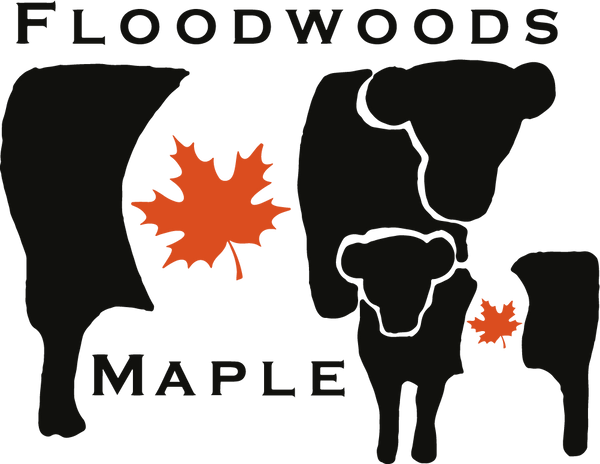Tasting and appreciating the nuances of maple syrup can be a delightful experience, much like tasting wine or coffee. Maple syrup has a complex flavor profile with subtle variations depending on factors like the tree species, soil, climate, and processing methods. Here's a guide on how to taste and appreciate the nuances of maple syrup:
- Start with the Right Glassware: Use a small glass, such as a wine glass or a specialized syrup-tasting glass, to better observe the color and aroma.
- Appearance: Begin by examining the syrup's appearance. Hold it up to the light and observe its color. Maple syrup can range from pale gold to deep amber, with variations depending on the grade.
- Aroma: Gently swirl the syrup in the glass to release its aroma. Put your nose close to the glass and inhale. Note any fragrant notes you detect. You might pick up scents like vanilla, caramel, or even hints of woodiness.
- Temperature: Consider tasting maple syrup at different temperatures to notice how the flavor changes. Some enthusiasts prefer to taste it at room temperature, while others prefer it slightly warmed.
- Flavor Profile: Take a small sip and let the syrup coat your palate. Pay attention to the following aspects:
- Sweetness: Notice the sweetness of the syrup. Maple syrup should be sweet, but the level of sweetness can vary.
- Flavor Notes: Look for flavor nuances. Some people describe maple syrup as having hints of caramel, vanilla, or even floral notes. Others might detect smoky or woody undertones.
- Complexity: Consider how the flavors evolve as you taste. Does it start with a burst of sweetness and then develop into more complex flavors?
- Mouthfeel: Assess the syrup's texture. Is it smooth and velvety, or does it have a thicker, more viscous quality?
- Texture and Consistency: Notice the viscosity and consistency of the syrup. Is it thin and runny, or does it have a thicker, more syrupy texture? The grade of syrup can influence this aspect.
- Aftertaste: Pay attention to the lingering flavors after you've swallowed or spit out the syrup. Does the flavor persist, change, or gradually fade away?
- Pairing: Experiment with pairing maple syrup with various foods to enhance your tasting experience. Try it with different cheeses, fruits, or even as a drizzle over pancakes, waffles, or desserts.
- Take Notes: Keep a tasting journal to record your observations. Note the date, grade of syrup, appearance, aroma, flavor notes, and any other impressions.
- Practice and Comparison: Tasting maple syrup, like wine or coffee, can benefit from practice and comparison. Taste different grades of syrup side by side to appreciate the subtle differences and nuances.
- Learn from Experts: Attend maple syrup tastings or seek guidance from experts in the field. They can offer insights and help you refine your tasting skills.
Remember that tasting maple syrup is a subjective experience, and what you enjoy most may differ from someone else's preferences. The key is to savor the experience, take your time, and appreciate the unique and complex flavors that high-quality maple syrup has to offer.

